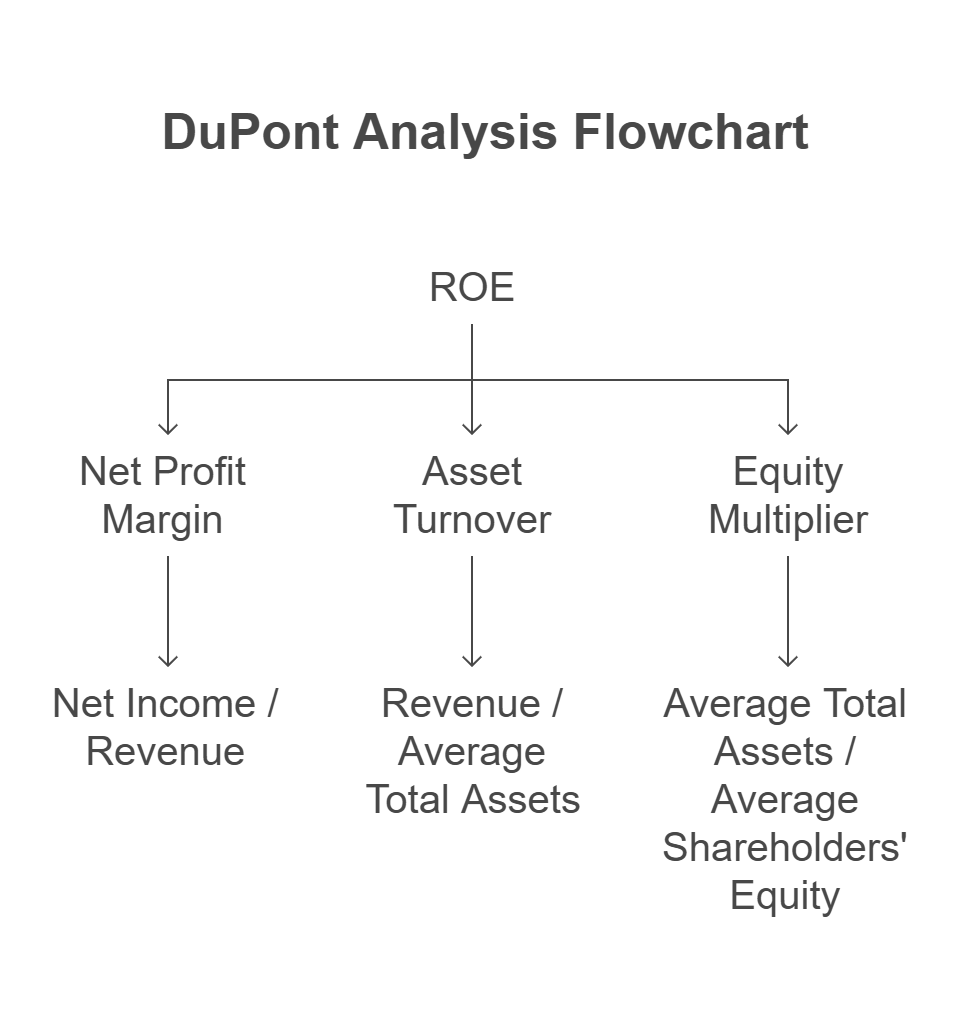
When you invest in small caps, you often buy uncertainty at a discount. These companies can be temporarily out of favor, misunderstood, or just plain ignored by the broader market. That’s the opportunity. But it’s also the risk because the waiting game can be long. Value can take months, sometimes years, to surface. And if the company runs out of cash before that happens, you won’t get paid for being early. That’s why I treat liquidity as non-negotiable. In this article, we’ll explore how one simple metric, the current ratio, can serve as your insurance policy when buying unloved stocks and how it helps put a floor under your investment even if the stock goes nowhere for a while.
Why Liquidity Is the Investor’s First Line of Defense
You can’t always predict when the market will recognize a company’s value. What you can do is stack the odds in your favor. One of the biggest hidden risks in small-cap value investing is time. Specifically, the time between buying undervalued shares and the market pricing them correctly. This lag is where investors get hurt, not because the business fails, but because the business runs out of room to maneuver.
A company with solid liquidity doesn’t need to beg the market for fresh capital. It doesn’t dilute your stake to survive. It can wait. And that ability to wait is everything.
The Current Ratio: A Simple Metric That Can Save You From Permanent Loss
The current ratio is deceptively simple:
Current Ratio = Current Assets/Current Liabilities
At first glance, it may seem like just another line item on a balance sheet. But look closer and you’ll realize it offers a real-time snapshot of financial resilience. In my experience, a current ratio of 2 or more is usually enough to weather tough quarters without making desperate decisions.
You don’t need a PhD to understand it. You just need to remember this: when things go south, cash is king. Companies with healthy current ratios can keep the lights on, service short-term obligations, and avoid value-destructive moves. That’s how you stay in the game long enough for the payoff.
Here’s something I’ve seen more times than I care to count: you buy a stock that looks like a steal, and then the company turns around and announces a secondary offering. Just like that, you’re diluted. This scenario is entirely avoidable if you take a minute to compare the company’s cash burn rate with its liquidity position. If the current assets can’t support operations for at least the next year, the company is likely to raise capital at your expense.
Why a Strong Current Ratio Puts a Floor Under the Stock
Let’s say you find a business trading at 60% of tangible book value. Looks great, right?
Now imagine that same business has a current ratio of 0.8. That means it owes more in the short term than it owns. You’re not buying value, you’re buying time bombs.
Now compare that to a stock with a strong balance sheet, a current ratio of 2.5, and no near-term debt maturity walls. Even if earnings dip and sentiment turns cold, the company can ride out the storm. And you, the investor, don’t need the market to be rational tomorrow. You can afford to wait for sanity to return.
That liquidity becomes your downside protection. It keeps the stock from getting annihilated in a panic. It creates optionality; something most investors forget about until it’s gone.
When High Liquidity Can Be a Catalyst (Not Just Protection)
Here’s the kicker. In some cases, a strong current ratio can do more than just protect. It can be a catalyst. Management with a cash cushion can act decisively: buy back shares, raise dividends, invest in new capacity, or make opportunistic acquisitions when others are forced to sell.
That optionality doesn’t always show up in backward-looking valuation metrics. But it’s there. It just takes a patient investor to see it. And if you’re building a portfolio of small caps for long-term compounding, this kind of balance sheet strength is the silent driver that turns deep value into real wealth.
How We Use This in Our Portfolios
I don’t buy every undervalued stock that screens well. Many of them look attractive on paper until you pop the hood and look at liquidity. In the Premium Portfolio, and especially in the event-driven allocations, we take this seriously.
If a business is cyclical, I want to see it armed with cash and low leverage. If it’s in a turnaround, liquidity gives it the room to turn. And if it’s a hidden gem in a dying sector, I need to know it can survive long enough for that hidden value to shine.
In many ways, the current ratio is my early warning system. If it fails the test, I rarely move forward, no matter how cheap it looks.
Conclusion: Small-Cap Success Depends on Staying Power
You can’t win if you’re forced to fold. That’s the cold truth in value investing, especially with small caps. You need companies that can endure the wait. Because when you buy cheap, you’re not just betting on fundamentals. You’re also betting on time.
And time, as any investor will tell you, is the most brutal variable of all. But it gets a lot less brutal when your portfolio companies are liquid, flexible, and unpressured.
That’s why I watch the current ratio like a hawk. You should too.

Shailesh Kumar, MBA is the founder of Astute Investor’s Calculus, where he shares high-conviction small-cap value ideas, stock reports, and investing strategies.
His work has been featured in the New York Times and profiled on Wikipedia. He previously ran Value Stock Guide, one of the earliest value investing platforms online.
Subscribe to the Inner Circle to access premium stock reports and strategy insights.
Featured in:








